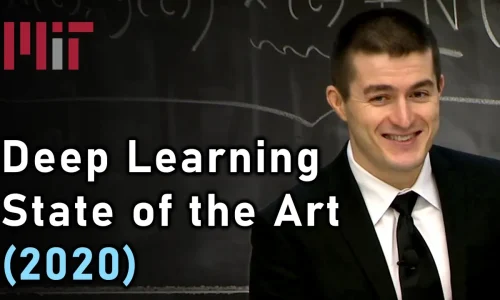See all Lex Fridman transcripts on Youtube

Deep Learning State of the Art (2020)
1 hours 27 minutes 41 seconds
🇬🇧 English

Omnivision Solutions Ltd
- Getting Started
- Create Transcript
- Pricing
- FAQs
- Recent Transcriptions
- Roadmap

1 hours 27 minutes 41 seconds
🇬🇧 English

Omnivision Solutions Ltd